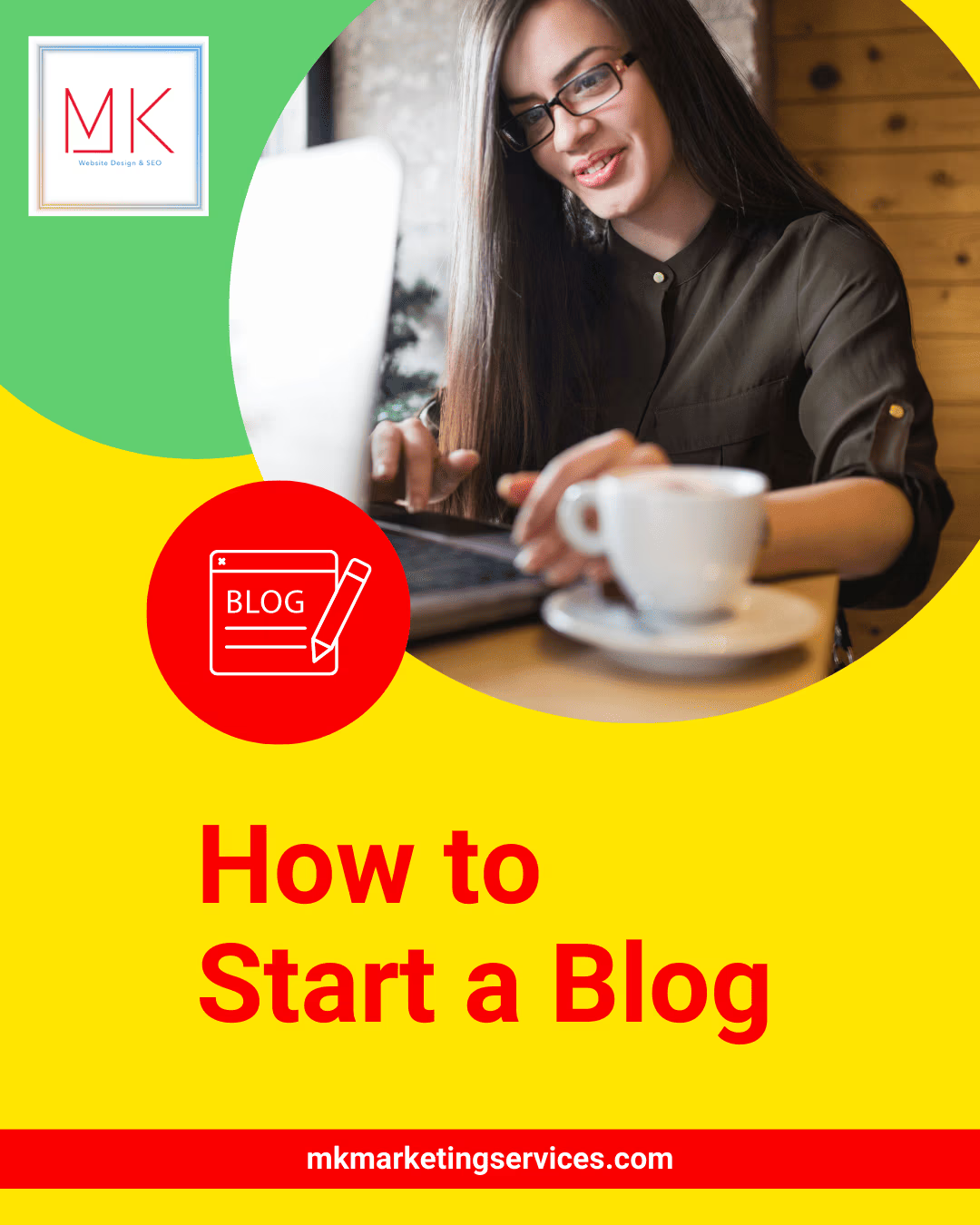Blogging is a valuable marketing and SEO tool. Although it may seem outdated, Google still values high-quality content, making a blog an excellent resource for improving search engine rankings. If you’ve been considering starting a blog, now is the time to do it. Consider the topics and structure of your blog before getting started to make the process more efficient. This post will cover how to start a blog, its importance, and tips on effectively setting up a blog for your website.
Importance of blog for SEO
Google uses text to understand and rank websites, so sites with quality content have a better chance of ranking highly in search results. A blog is an excellent platform for sharing your expertise and producing content that your audience will find valuable.
By writing blog posts on various aspects of competitive keywords, you can improve your chances of ranking for those terms. Additionally, SEO techniques and internal linking can boost your search engine rankings.
Tips to Start a blog
If you still need to get a website, you’ll need to consider hosting, themes, and SEO plugins. But if you already have a website without a blog, here are some tips for creating your first post:
1- Decide your niche
Choose a specific topic or niche and stick to it when writing your blog. It will make it easier for your audience to know what to expect and increase the likelihood that the audience will return to read your future posts. While it’s okay to stray from your main topic occasionally, it’s essential to stick to your niche mostly. For example, a mom blog should focus on parenting and family life topics, while a travel blog should primarily cover travel-related content.
2- Conduct keyword research
After selecting your niche, research the popular keywords related to your topic. Consider the words and phrases your potential audience might use when searching for content within your niche.
Thorough keyword research will provide a list of competitive and less competitive keywords to target in your blog posts. Additionally, consider the intent behind each search to ensure your content aligns with what users seek.
3- Design the structure of your site
As you begin building your website, consider its structure and organization. Identify popular categories within your niche and the most important keywords you want to rank for. These should be the focus of your cornerstone content or in-depth articles prominently featured on your site.
In addition to these main articles, create blog posts on subtopics and link back to your cornerstone content to signal to Google the importance of these articles on your website.
4- Consider the tone and voice of your content
Blog posts tend to have a more casual and personal tone, but the style and personality of your blog depend on your personality and the blog’s topic. Determine the overall vibe and tone you want to convey in your posts before beginning your blog.
For example, a blog about accounting or corporate finance may require a more formal tone, while a blog about guinea pigs may have a more playful and informal tone.
A brief blueprint for your first blog entry
To create your first blog post:
- Start by selecting a topic and outlining your main message.
- Write and revise your content, incorporating images and videos as desired.
- Before publishing, optimize your post for search engines using tools like Yoast SEO, and remember to include internal and external links.
After publishing, promote your blog through social media and newsletters to attract and retain an audience.
Final Words
Starting a blog can be a rewarding and effective way to share your expertise and interests with a broader audience. By choosing a niche, conducting keyword research, and considering the structure and style of your website, you can create a successful and engaging blog.
Feel free to start, and remember to promote your blog through social media and newsletters to attract and retain readers. Happy blogging!
If you want to learn more about blogging, visit MK Marketing services.













